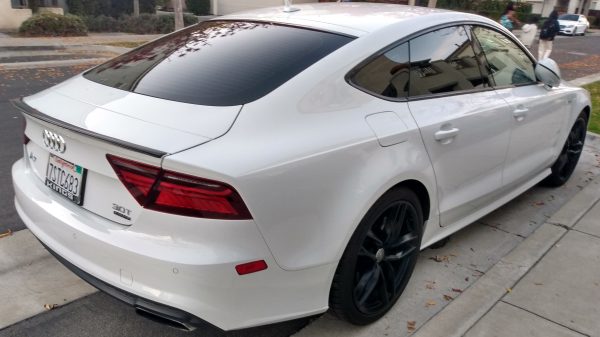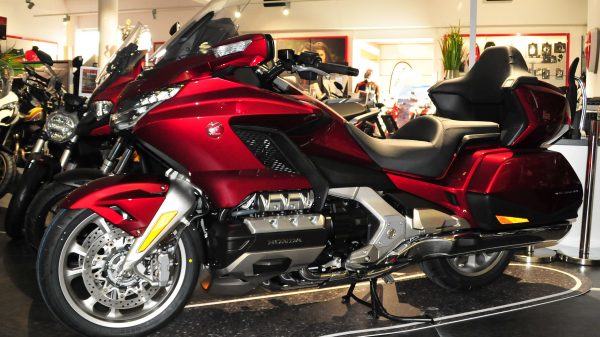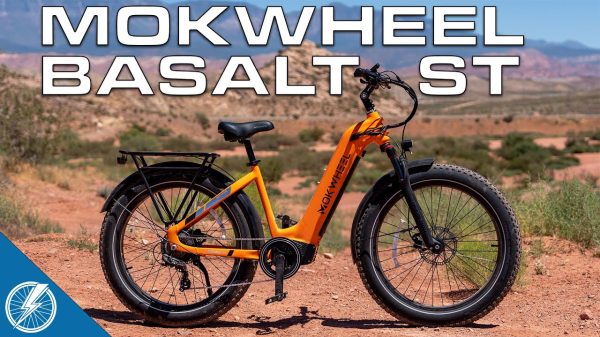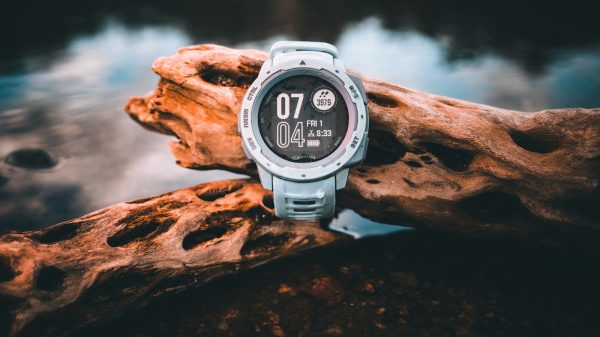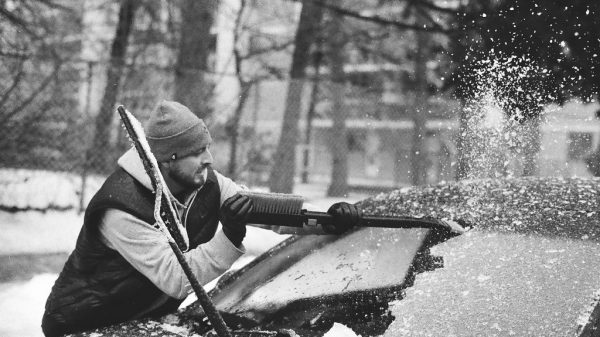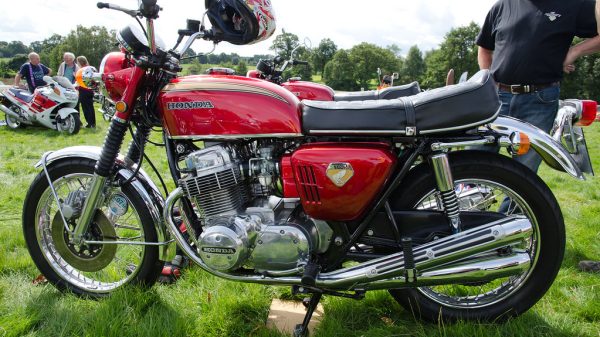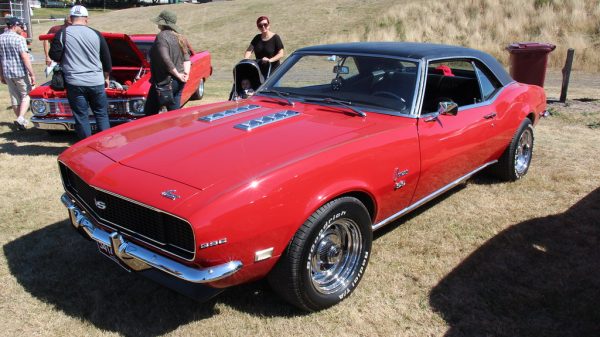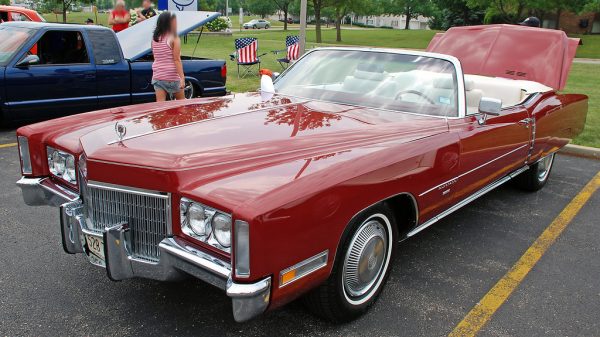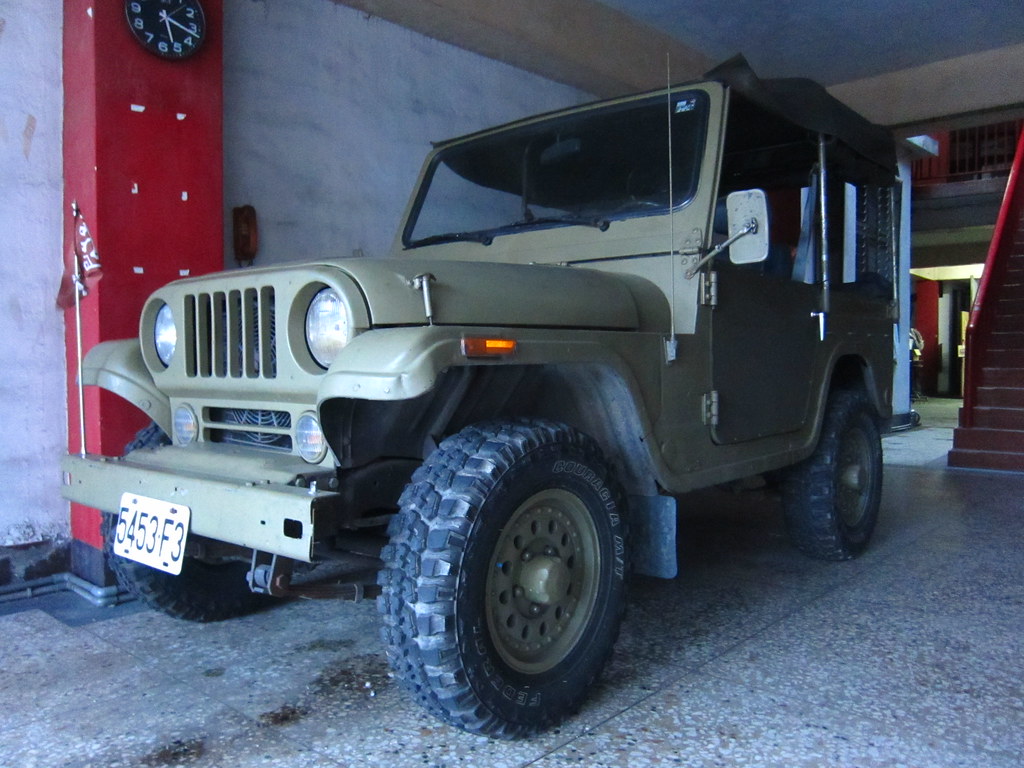Off-roading has come a long way since its humble beginnings. Many people don’t know where this rugged hobby started or how it evolved. The term “jeep” began as military slang for new recruits before becoming the name of a popular off-road vehicle.
Origins of Off-Roading: Military Beginnings
Off-road vehicles have their roots in military necessity. During World War I, armies needed transportation that could handle rough terrain. This led to the development of the Kégresse track system by French engineer Adolphe Kégresse.
The system used a flexible belt over wheels, allowing vehicles to traverse snow and mud more easily. Citroën adopted this technology, creating the Citroën-Kégresse half-track. These early tracked vehicles paved the way for future off-road innovations.
Avoid the long lines and shop online!
-> Shop the Best Deals on Amazon <-
As an Amazon Associate, we earn from qualifying purchases.
World War II brought a new demand for versatile military vehicles. The U.S. Army sought a four-wheel drive reconnaissance car that could navigate challenging landscapes. In response, American automakers scrambled to design suitable prototypes.
The Bantam Car Company, led by Karl Probst, completed their design in just two days. Willys-Overland and Ford also submitted prototypes. The Willys “Quad” prototype, delivered to the Army in November 1940, would eventually evolve into the iconic Jeep.
These rugged, adaptable vehicles proved invaluable during the war, tackling diverse terrains from European forests to Pacific islands.
The success of military off-roaders sparked post-war interest in civilian applications. Surplus Jeeps found new life on farms and ranches, where their durability and versatility shone.
Other manufacturers, like Land Rover, developed their own four-wheel drive vehicles inspired by wartime designs. The Land Rover Series I, introduced in 1948, became popular for both agricultural and recreational use.
As civilians discovered the thrill of exploring remote areas, the foundations of modern off-roading culture were laid. The military origins of these vehicles provided a solid base for future innovations in recreational off-road driving.
Avoid the long lines and shop online!
-> Shop the Best Deals on Amazon <-
As an Amazon Associate, we earn from qualifying purchases.
The Rise of the Jeep: WWII and Beyond
The Willys Jeep® MB emerged as a game-changer during World War II, revolutionizing military transportation. Developed in the 1940s, this rugged 4×4 vehicle quickly became an icon of American ingenuity and resilience.
The U.S. Army’s need for a lightweight, all-terrain vehicle led to a fierce competition among manufacturers. Willys-Overland’s design, powered by the robust “Go Devil” engine, ultimately won the production contract.
Avoid the long lines and shop online!
-> Shop the Best Deals on Amazon <-
As an Amazon Associate, we earn from qualifying purchases.
This resulted in the standard Jeep Model MB and its counterpart, the Ford Model GPW. These versatile machines proved invaluable on the battlefield, earning a reputation for reliability and adaptability in even the harshest conditions.
As the war raged on, Jeeps became a crucial asset to Allied forces. The United States supplied these vehicles to Great Britain and the Soviet Red Army through the Lend-Lease program, expanding their global reach.
The Willys MA, a lend-lease Jeep Brand 4×4, played a significant role in this international effort. After the war, the civilian Jeep (CJ) rolled off the Willys factory line in Toledo, Ohio, in 1945.
This marked the beginning of Jeep’s transition from military workhorse to civilian icon. The CJ’s popularity soared, paving the way for future models and cementing Jeep’s place in American culture.
The brand’s legacy continued to grow, influencing the development of sports utility vehicles and shaping the off-road industry for decades to come.
Post-War Popularity: Jeeps in Civilian Life
After World War II, Jeeps transitioned from military workhorses to civilian favorites. Willys-Overland introduced the CJ-2A in 1945, marking the first Jeep designed for everyday use.
This rugged vehicle captured the public’s imagination, offering unmatched versatility for farmers, ranchers, and adventurers alike. Its simple design, reliable performance, and go-anywhere capability made it an instant hit among Americans seeking practical transportation and outdoor excitement.
Jeeps quickly became symbols of freedom and exploration in post-war America. The CJ-5, launched by Kaiser Motors in 1953, proved so popular it remained in production for nearly three decades.
This longevity speaks volumes about the Jeep’s enduring appeal and adaptability to changing consumer needs. Across the Pacific, Jeeps found new life in the Philippines as the base for colorful public transportation vehicles called Jeepneys – a testament to the vehicle’s global impact and cultural significance.
As suburbs expanded and leisure time increased, Jeeps evolved to meet growing demand for comfortable yet capable vehicles. The introduction of the YJ Wrangler in 1986 offered a more refined off-roading experience without sacrificing the Jeep’s iconic look and functionality.
This trend continued with the JK generation in 2006, which introduced the first four-door Wrangler model, catering to families and adventure enthusiasts who wanted extra space and practicality.
These innovations helped cement Jeep’s position as a leader in the burgeoning sport utility vehicle market, paving the way for modern off-road culture.
The Birth of Recreational Off-Roading
Recreational off-roading took root in the 1950s as surplus military Jeeps found their way into civilian hands. These rugged vehicles, initially designed for wartime use, became popular among outdoor enthusiasts seeking adventure beyond paved roads.
Farmers, ranchers, and weekend warriors alike embraced these versatile machines, using them to traverse challenging terrains and access remote areas. The Willys MB Jeep, a star of World War II, morphed into the civilian CJ (Civilian Jeep) in 1945, fueling this growing trend.
As interest in off-road exploration grew, so did the diversity of vehicles capable of tackling rough terrain. The 1960s and 1970s saw the introduction of purpose-built off-road vehicles like the Ford Bronco and Toyota Land Cruiser.
These vehicles combined the ruggedness of military-inspired designs with more comfort and practicality for everyday use. Off-road clubs began to form, organizing trail rides and competitions that pushed both vehicles and drivers to their limits.
Mud-bogging, rock crawling, and desert racing emerged as popular off-road activities, each requiring specialized vehicle modifications and driving techniques.
The rise of recreational off-roading also sparked innovations in vehicle technology. Four-wheel drive systems became more sophisticated, while manufacturers developed stronger suspensions, larger tires, and more powerful engines to meet the demands of off-road enthusiasts.
This period saw the birth of the modern SUV (Sport Utility Vehicle) category, blending off-road capability with on-road comfort. The Jeep Cherokee, introduced in 1979, exemplified this new breed of vehicle, appealing to both hardcore off-roaders and suburban families alike.
As the sport grew, so did concerns about environmental impact, leading to the establishment of designated off-road parks and trails to balance recreation with conservation.
Technological Advances and the Emergence of SUVs
Technological advances in the automotive industry paved the way for the emergence of Sport Utility Vehicles (SUVs) in the late 20th century. These vehicles combined the ruggedness of off-road capabilities with the comfort and convenience of passenger cars.
The Jeep Cherokee, introduced in 1979, marked a significant milestone as Jeep’s entry into the SUV market. This model set the stage for a new era of vehicles that could handle both city streets and rough terrains with ease.
The Cherokee’s success prompted other manufacturers to develop their own SUVs, leading to a rapid expansion of the market.
The 1980s and 1990s saw a boom in SUV popularity, with mass-market models from Toyota, Nissan, and other manufacturers hitting the roads. The Range Rover, introduced in 1970, had already established itself as the first luxury off-road vehicle, appealing to a high-end market segment.
This trend continued as more automakers recognized the growing demand for vehicles that offered both utility and comfort. In 1987, Chrysler’s acquisition of American Motors Company (AMC) solidified Jeep’s position in the SUV market, allowing for further innovation and development of off-road capable vehicles.
Modern SUVs now boast advanced features like electronic stability control, adaptive suspension systems, and intelligent four-wheel drive, making them more capable and comfortable than ever before.
Evolution of Modern Off-Roading Rigs
Modern off-roading rigs have come a long way from their military roots. Today’s vehicles blend rugged capability with comfort and technology. Brands like Jeep, Land Rover, and Toyota lead the pack with advanced 4×4 systems, adjustable suspensions, and terrain management software.
These features let drivers tackle tough trails without sacrificing on-road performance.
Aftermarket modifications have exploded in popularity, allowing enthusiasts to personalize their rigs. Lift kits, oversized tires, and reinforced bumpers are common upgrades. High-tech additions like onboard air compressors, GPS navigation, and satellite communication systems have also become standard for serious off-roaders.
This personalization trend has created a thriving market for specialized parts and accessories.
The rise of overlanding has pushed rig evolution even further. These vehicles are built for extended backcountry travel, often featuring rooftop tents, solar panels, and built-in kitchens.
Crossover SUVs have also entered the off-road scene, offering a blend of everyday practicality and light trail capability. From rock crawlers to overland rigs, modern off-road vehicles cater to a wide range of adventures and driving styles.
Off-Roading Culture and Community Today
Off-roading culture thrives on camaraderie and shared passion. Clubs like the Lone Star Jeep Club, active for over 25 years, exemplify this spirit. With members spanning Dallas, Houston, New Mexico, Missouri, and Arkansas, these groups foster a sense of belonging among enthusiasts.
They organize regular events – at least monthly – catering to various skill levels through easy, medium, and hard wheeling groups. This inclusive approach allows drivers of different Jeep models, including classic Wagoneers, to participate and connect.
The off-road community extends beyond organized clubs. Social media platforms and online forums buzz with discussions on vehicle modifications, trail recommendations, and adventure stories.
Enthusiasts share tips on navigating challenging terrains, from mud bogging to rock crawling. The culture embraces a DIY ethos, with many off-roaders taking pride in customizing their rigs.
This hands-on approach creates a knowledge-sharing environment where experienced drivers mentor newcomers. Events like off-road expos and rallies draw thousands, showcasing the latest in 4×4 technology and aftermarket parts.
Environmental stewardship has become a cornerstone of modern off-roading culture. Many clubs and individuals advocate for responsible trail use, organizing clean-up drives and promoting “Tread Lightly” principles.
This eco-conscious shift reflects a growing awareness of the impact of off-road activities on natural habitats. Simultaneously, the community grapples with land access issues, working with local authorities to maintain trail systems and create designated off-road parks.
These efforts highlight the evolving nature of off-road culture – balancing the thrill of adventure with respect for the environment and local communities.
Challenges and Innovations in Off-Roading
Off-road enthusiasts face tough challenges – from tricky terrain to environmental concerns. But manufacturers keep pushing the envelope with cool tech. They’re rolling out electronic stability control, traction control systems, and smart terrain management.
These gadgets help drivers tackle gnarly obstacles while minimizing damage to nature.
High-performance suspension systems let rigs soak up bumps like a champ. Heavy-duty winches pull vehicles out of sticky situations. And GPS navigation keeps adventurers from getting lost in the boonies.
Four-wheel drive tech keeps evolving too, with advanced locking differentials and manual transfer cases. All this innovation means today’s off-roaders can push further into the wild than ever before – if they’ve got the skills to match their ride’s capabilities.








